Introduction: Turning “Free Resources” into Real Learning

Every parent has searched for “free math learning websites for kids” and ended up surrounded by ads and noisy games that teach more about clicking than thinking.
The truth is, good free resources do exist. The key is choosing ones that fit your child’s learning stage: first building a foundation, then exploring ideas visually, and finally challenging reasoning through contests such as Gauss, Caribou, and Math Kangaroo.
Here are nine trusted sites for Canadian families who want their children to learn with curiosity and confidence, without endless screen time or distractions.
Step 1: Build a Strong Foundation — Start from the Curriculum
Ontario Math Curriculum (Grades 1–8)
If your child is in Ontario, this is the best place to begin. The Ontario Mathematics Curriculum outlines what every grade covers, number sense, algebra, geometry, and data reasoning.
Spend ten minutes each term looking at the main topics together. Ask which ones feel easy and which sound new. That small conversation helps you understand your child’s comfort zone and keeps learning predictable rather than stressful.
Children often feel proud when they realize they already know part of what’s coming next. Many Think Academy teachers call this document a roadmap. It helps families make thoughtful choices when adding enrichment or contest practice later on.
f you’re curious about how Ontario’s curriculum shapes math learning, our guide on the Ontario Math Curriculum for Parents explains it in simple terms.
PBS Kids
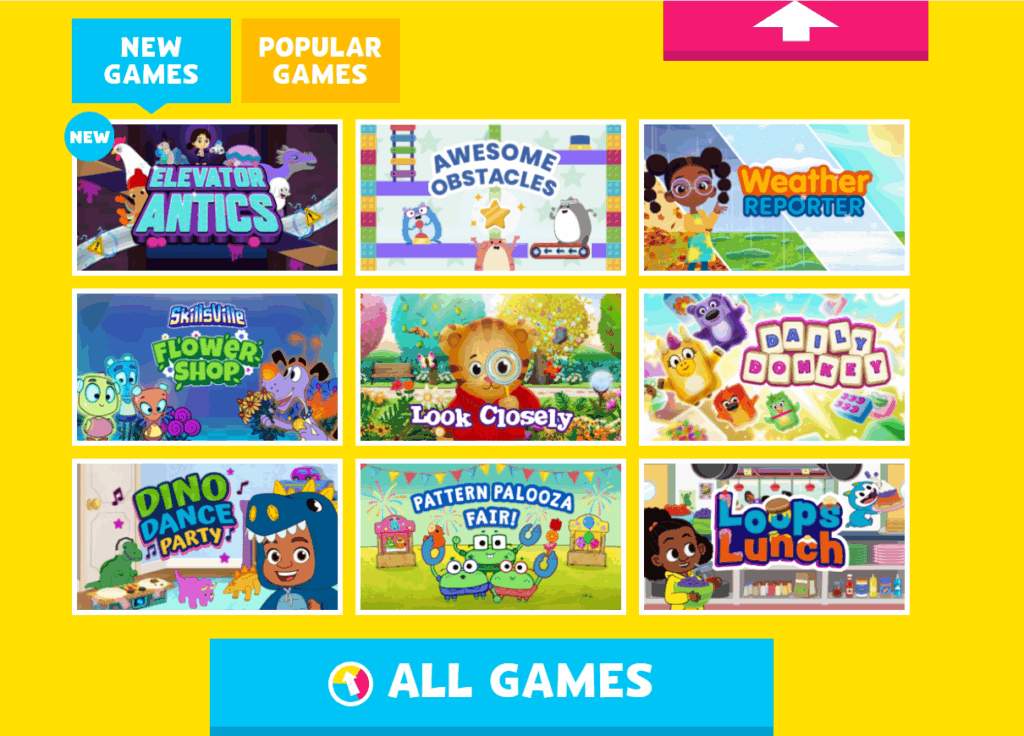
For younger children, PBS Kids offers a friendly start to math and logic.
Its short games turn counting, sorting, and pattern-recognition into small adventures. You can pick one activity a day and play alongside your child, pointing out what patterns appear or what choices lead to success.
While the animations are simple, the thinking behind them is solid. Kids are actually practicing sequencing, comparison, and cause-and-effect — the early building blocks of problem-solving. Teachers at Think Academy often use similar warm-ups before lessons to help students slip naturally into a “math mindset.”
CK-12 Foundation
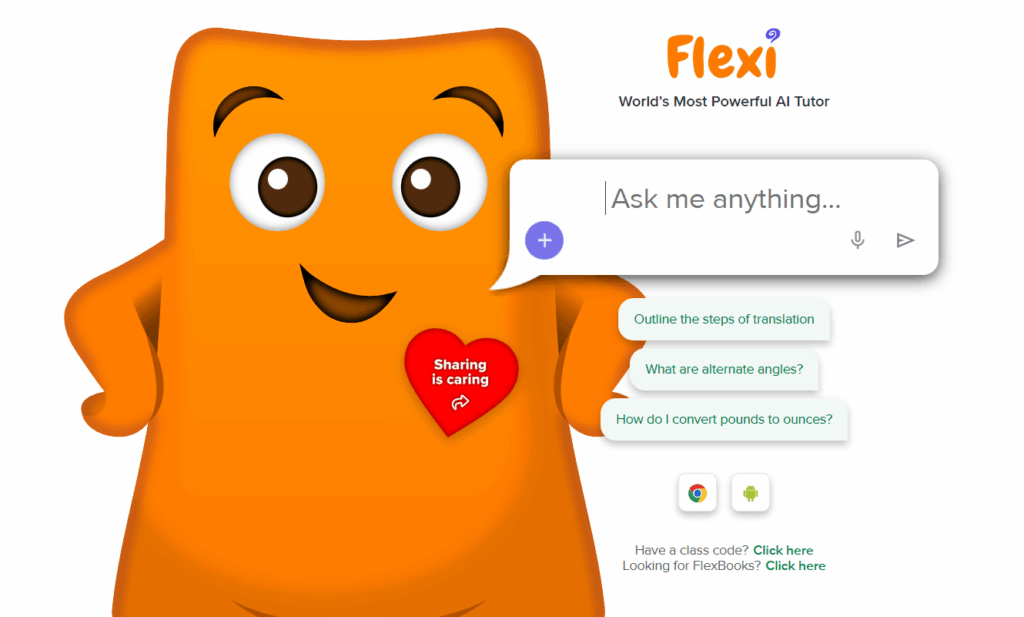
When children grow past early arithmetic, the CK-12 Foundation becomes a wonderful next step.
CK-12 is a free online library filled with lessons, visuals, and adaptive quizzes that adjust to a student’s pace. Choose a topic that matches schoolwork, maybe fractions, ratios, or geometry, and explore together for a few minutes after homework.
The instant feedback helps kids see where they stand, and the visual explanations often make tricky ideas click. One Think Academy teacher calls it “the bridge between the textbook and the ‘aha’ moment.”
Step 2: Bring Curiosity into Learning — Explore and Visualize
PhET Interactive Simulations (University of Colorado)
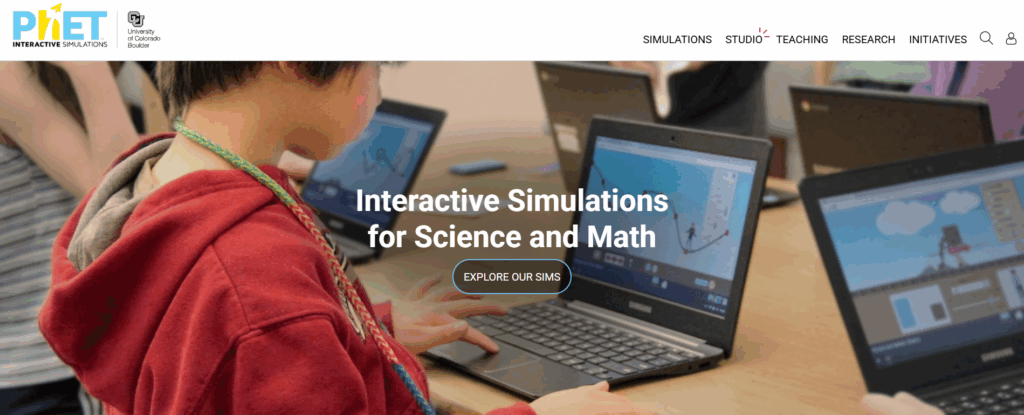
Some children learn best when they can see a concept. PhET turns math and science into interactive experiments.
Let your child try Fraction Matcher or Forces and Motion. As they move sliders and change variables, they begin to understand relationships, patterns, and proportions.
Join them and ask questions like, “What do you think will happen if we double this?” These short moments of exploration make ideas tangible. For visual learners, it can completely change how they think about math.
NASA Kids’ Club
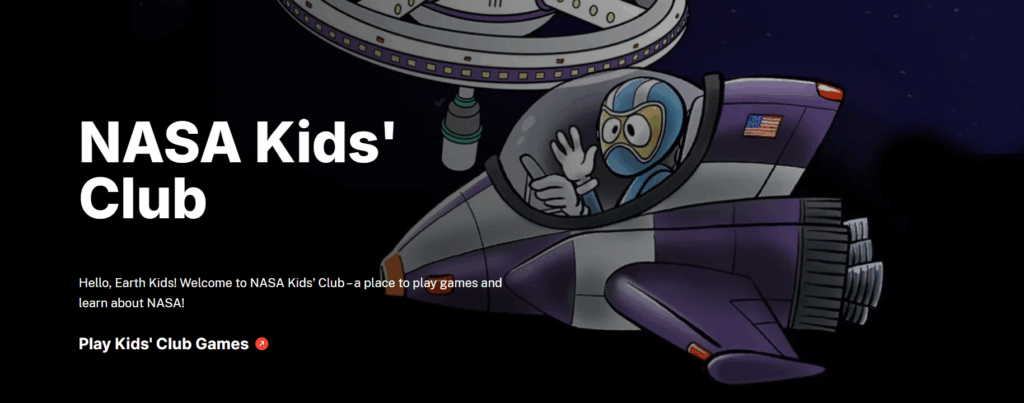
If your child is fascinated by space, NASA Kids’ Club offers learning wrapped in discovery.
Through games and missions, children compare planets, plan launches, and estimate distances. Each task asks them to predict, measure, and reason. Parents can turn it into a conversation, “Why do you think this rocket moves faster?” or “What’s different about the Moon?”
It’s science play, but it builds logic and proportional thinking at the same time.
Storyline Online
Learning isn’t only about numbers. Storyline Online hosts beautifully read picture books with gentle animations.
It’s a great option for quiet time or travel days. While your child listens, they’re strengthening comprehension and attention, both essential for reading math word problems later.
Try pausing midway to ask, “What do you think happens next?” or “Do you see a pattern in the story?”
Teachers at Think Academy often use similar questions to connect storytelling and reasoning.
Step 3: Challenge the Mind — Explore Math Contests and Logical Thinking
CEMC (University of Waterloo)
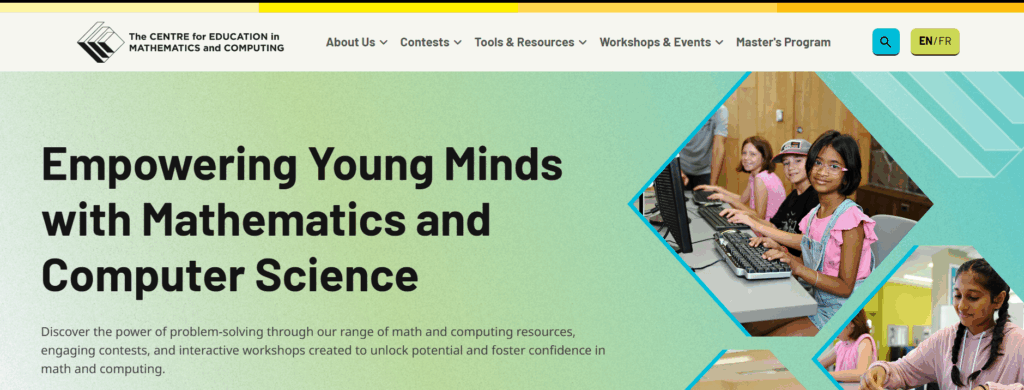
The CEMC has long been Canada’s leader in math enrichment.
Its free archives for contests like Gauss, Pascal, and Fermat are full of creative, well-crafted problems. Choose the paper for your child’s grade and start from the first few questions. Sit together and talk through ideas rather than rushing to the answer.
The questions are balanced — not too hard, but never trivial. Many parents are amazed at how much reasoning grows from just one problem a week.
Caribou Mathematics Contest (Archived)

The Caribou Math Contest officially ended in 2024, but its website remains an incredible source of past papers for Grades 1–12.
Each set mixes numbers with reading, logic, and visual puzzles. You can print a few questions at a time and treat them like weekend riddles.
Because many problems are story-based, they strengthen both comprehension and analytical thinking. Some Think Academy still uses Caribou archives to help students build reading stamina — the patience to stay focused through multi-step reasoning.
If you’d like to learn more about why the Caribou Math Contest ended and what other options families can explore, take a look at our recent Caribou Math Contest update and alternatives guide.
Math Kangaroo Canada
The Math Kangaroo contest brings creativity and joy to problem-solving.
Its sample problems are short, friendly, and often illustrated. Print one question each weekend and solve it together over breakfast. The relaxed tone keeps curiosity alive.
This simple habit builds pattern recognition and flexible thinking. As one Think Academy teacher puts it, “When kids start smiling during math, that’s when they’re really learning.”
Step 4: How to Use These Websites Together

The best results come when you use these tools intentionally, not all at once. Here’s a rhythm that works for many families:
1. Review and Plan – Look at the Ontario Curriculum or a CK-12 lesson to know what topic your child is covering in school.
2. Explore Visually – Use PhET or NASA Kids’ Club to make that idea concrete.
3. Keep Practice Playful – Let PBS Kids or Storyline Online reinforce patterns and reasoning in gentle ways.
4. Add a Challenge – Try one Caribou or Kangaroo question at the end of the week. When your child is ready, explore a few CEMC Gauss problems together.
You can rotate these steps, skip, or repeat them depending on your week. The goal is not perfection — it’s consistent exposure to thinking and problem-solving.
Step 5: From Exploration to Confidence — A Teacher’s Closing Thought
Each of these resources helps children see that math is not about speed or memorization, but about connections.
A child who uses PhET to play with patterns and later recognizes the same pattern in a Gauss problem is making real progress.
Every learner is different. Some love games, others need visuals, and others prefer stories. What matters most is that they feel supported and curious.
At Think Academy Canada, we help families find that balance — linking the structure of the Ontario Curriculum with playful exploration and contest readiness.
If you’re not sure where to start, a free Think Academy evaluation can help you see where your child is now and what kind of learning path might suit them best.


